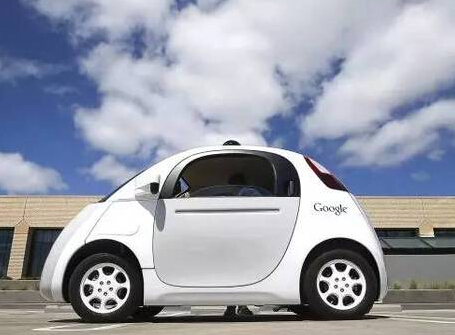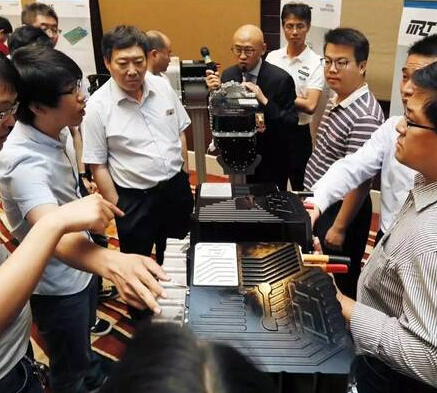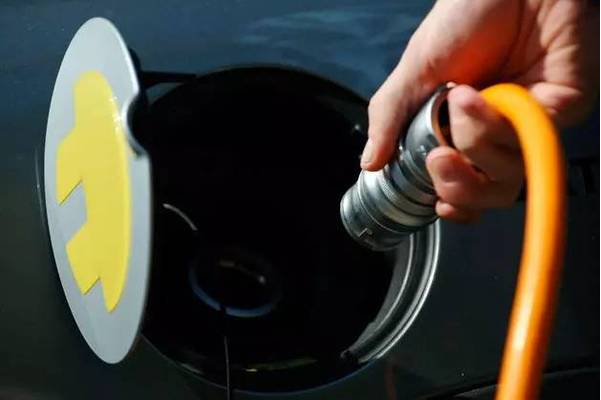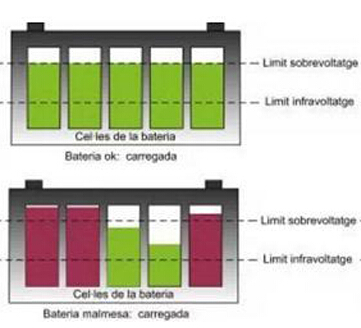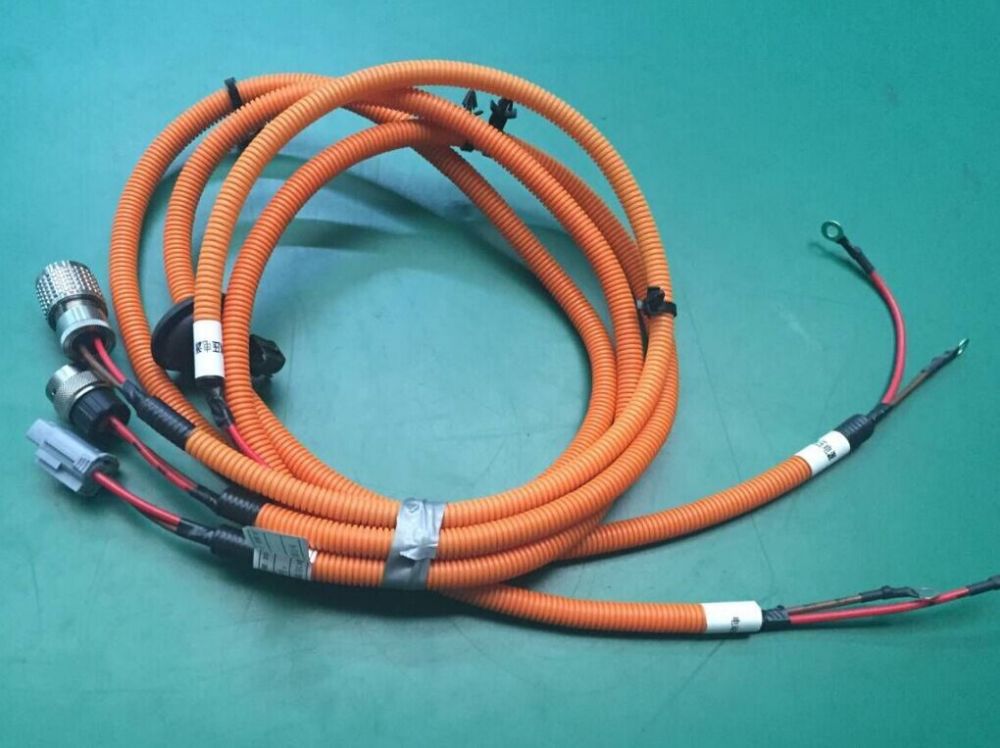1. Lithium batteries belong to the ninth category of dangerous goods
Dangerous goods are broadly classified into nine categories: Class 1 explosives; Class 2 compressed gas and liquefied gases; Class 3 flammable liquids; Class 4 flammable solids Flammable solids substances liable to spontaneous combustion and substances emitting flammable gases when wet; Category 5 oxidizing substances and organic peroxides; Category 6 toxicants and infections Poisons and infectious substances; Class 7 radioactive substances [ZK)]; Class 8 corrosives; Miscellaneous dangerous substances [ZK)].
National fire experts told people at the 2016 China Electric Vehicles Centennial Summer Summit Forum that lithium batteries belong to the ninth category of dangerous goods, that is, the lowest level of dangerous goods. Under normal temperature and long state, basically no special security measures are needed. .
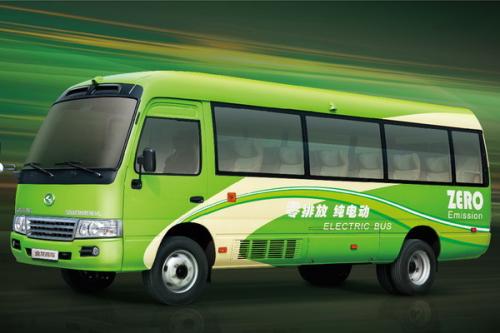
Second, how to correctly understand the harmfulness of lithium batteries
The following is a material-level (gene-level) explanation: Lithium batteries do not produce any toxic and harmful heavy metal elements and substances such as lead, mercury, cadmium, etc. compared to traditional batteries such as lead acid, nickel-chromium, and nickel-hydrogen, and the relative pollution is relatively small. The electrolyte is an organic solvent and a lithium salt, and most of them are non-toxic or low-toxic; however, the decomposition or hydrolysis products of the lithium battery are hydrofluoric acid and other fluorine-containing compounds (experts have a very low concentration), which is corrosive and toxic. The lithium ion battery itself does not contain highly toxic substances, and the carbon of the negative electrode and the metal oxide of the positive electrode are basically non-toxic. Since lithium-ion batteries are a sealed system, they are not exposed to normal use. The safety of lithium-ion batteries is theoretically controllable, and safety problems are often caused by product defects and abuse.
Third, the lithium battery safety level introduction
The European Automotive Research and Development Council has developed common criteria for the safety of lithium-ion batteries and classified the hazard levels. This risk level classification table divides the battery risk level into 0-7 levels. The higher the level, the more dangerous the battery. For example, level 6 indicates that the battery has caught fire but has not exploded, and the highest level of 7 indicates that the battery not only has a fire but also a dangerous explosion.
At present, most of the current discussions in China are still based on the safety description of lithium-ion batteries. They are based on experience and lack accurate description of the digital nature. From the overall safety of passenger cars, the safety of personnel and vehicles is guaranteed to be red. It is necessary to control the danger level within 4, which means that the battery can not be broken, and it can not be ignited or exploded.
Fourth, product defects and abuse are the main causes of safety accidents
The lithium iron phosphate battery used on the passenger car adopts safety measures in accordance with safety standards at the three levels of unit, module and system. If the safety measures are not in place, it should be classified as a product defect. Besides the battery system, the quality of the high-voltage electrical products is defective. The main ones are: low insulation of the device, short circuit of the wire harness, and no effective control. If the product is defective, the manufacturer is at risk of closing the door. Regular batteries and vehicle manufacturers are strictly controlling the product defects.
Abuse mainly refers to overcharge and over discharge. He refers to the fact that the voltage of the battery during or after charging and discharging exceeds or falls below the specified cut-off voltage, which may cause harm to the performance and life of the battery. At present, the management measures for overcharge and overdischarge are limited and protected by the BMS battery management system. When the temperature is low, the battery is charged and recharged when heated to a suitable temperature.
The battery and the vehicle manufacturer are obliged to inform the user how to properly charge and discharge the battery properly. It is necessary for the user to train specific operators.
5. How to use the environment to ensure safe use
First, believe in science, lithium battery material grade is relatively safe, and its products have strict safety standards and measures;
Second, the main cause of safety accidents is abuse, followed by defects in auto parts products;
The third is to establish strict security measures to prevent the phenomenon of "overcharge and over discharge".
Sixth, China's electric bus is a very safe product
The main reason is that the Chinese government's management of battery production and bus manufacturers is very strict; China's pure electric bus safety production standards are relatively complete; if lithium batteries have no functional loss, they will not develop safety accidents; lithium battery development There is a development process for safety accidents. This process is controlled. Passenger cars equipped with automatic fire-fighting devices for power batteries may have a small fire and explosion. The reason is that lithium batteries can be used with Class D dry powder fire extinguishing agents. Killed.
Safety is always relative, security awareness, security measures in place, China's electric bus can be very safe. Safeguarding the safe use of pure electric buses is a basic requirement.
















 RCCN WeChat QrCode
RCCN WeChat QrCode Mobile WebSite
Mobile WebSite